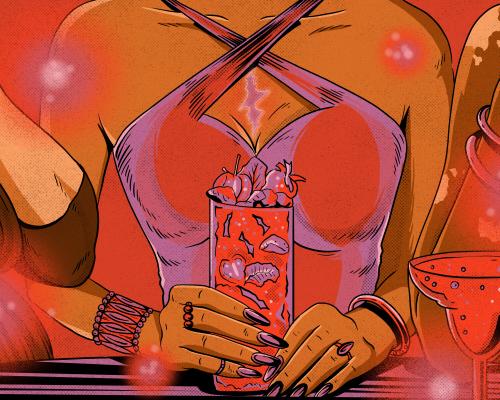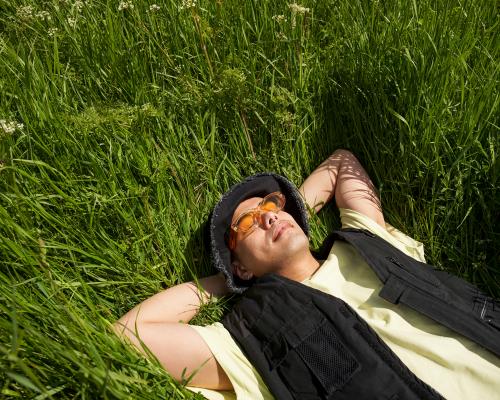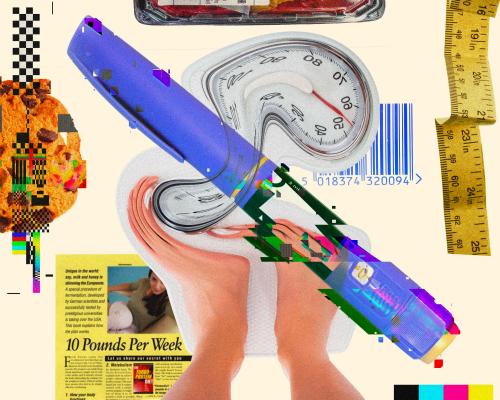
Hi Ugly,
I’ve had a keloid scar in the middle of my chest since my teen years, when I had acne. (I’m now in my mid-forties.) It started off small, but is now about 5cm long, 1cm high and a few millimeters raised off my skin. It sometimes itches or feels tight and painful, but otherwise is just an unattractive inconvenience.
Having said that, it’s had a horrible and disproportionate impact on my confidence. Is there any way to reduce the redness or the size, or stop it from growing? Secondly, and perhaps more importantly, what mindset should I take to reduce its importance, so that going to the swimming pool or beach is less of an ordeal?
– Scarred for Life
Have you been to the beach or the pool, Scarred for Life? I’m not asking if you’ve seen a beach scene in a movie or a commercial that takes place poolside. Have you been to an actual beach or pool, populated by actual people? Maybe you’ve been too preoccupied with your scar to notice: almost everybody has a weird body!
By “weird”, of course, I mean normal; the hyper-perfection of Hollywood is the real statistical anomaly. A sampling of features I scoped on my own recent beach outing: fat rolls, congenital moles and cellulite. Acne. Assne. Double chins, triple chins, chin hairs glistening in the sunlight. Sagging, wrinkling and/or jiggling skin. Pubic hair stubble. Top surgery scars, caesarean section scars and, yes, keloid scars. And I didn’t have to look very hard.
Keloids – thick, raised scars that have “grown outside of the boundaries of the original wound”, according Dr Michelle Henry, a board-certified dermatologist based in New York – affect an estimated 10% of the world’s population. That’s 800 million people, or more than double the US population.
“We see keloids more often in patients of African descent and Asian descent, but really, we see them in everyone,” Henry tells me. They are most likely to form on the chest or back, and indicate a sort of haywire healing response. When skin starts to repair a wound – a pimple, a scrape, a surgical incision – it sends collagen to the site to create scar tissue. “There are different checks and balances to tell the body when to stop laying down collagen, but with keloids, that goes unchecked,” Henry explains. (I generally try to avoid glorifying youthfulness, but here’s a fun fact to assuage some of your insecurity, Scarred: Henry says those prone to keloids may “age better”, cosmetically speaking, due to all that collagen.)
These scars can feel itchy, tight and uncomfortable as they grow. Potential treatments include steroid injections, targeted radiation, cryotherapy and Botox to reduce size, as well as laser therapy to reduce redness. “Sometimes we do excise them,” Henry adds, “but that’s a very careful process, because you can end up with a scar that’s bigger than the original keloid.” You can consult a dermatologist to see if any of these options might work for you – but if you’re looking for something more low-key to try at home, Henry says silicone gels or patches can help.
That said, keloids don’t require treatment. They’re benign. They don’t pose a threat to your physical health, especially on your chest; medical intervention might be recommended if the scar were, say, close to your eye and affecting your vision, or on the back of your knee and affecting your movement. It’s your mental health that needs attention right now.
My recommendation, besides deriving confidence from within – who you are, what you value and how you treat people? Recalibrate your concept of averageness.
Averageness is “the most important aspect” of one’s understanding of beauty, said Dr Neelam Vashi, an associate professor of dermatology at Boston University’s medical school, on the Apple News in Conversation podcast. It refers to how closely any given face or body matches that of the average person within their population. “Our population could be me looking at 1,000 images,” Dr Vashi explained. “What my brain does is looks at all of them, and then it makes a prototype [of beauty] in my head.”
More from Jessica DeFino’s Ask Ugly:
-
Why is this column called ‘Ask Ugly’?
-
My father had plastic surgery. Now he wants me and my mother to get work done
-
How should I be styling my pubic hair?
-
How do I deal with imperfection?
-
I want to ignore beauty culture. But I’ll never get anywhere if I don’t look a certain way
Thanks to the prevalence of filters, photo-editing technology and AI-generated imagery, people’s prototypes now reference digitally altered inputs, said Vashi. This means scarred, middle-aged skin might not fit your brain’s idea of attractiveness, or even normality.
The good news: brains are malleable! Vashi cited a 2009 study in which researchers squished and stretched the faces of storybook characters and found that, after viewing altered images, children’s sense of what was beautiful subtly shifted toward the distortions.
So start with some amateur exposure therapy. Go to the beach! Go to the pool! Go to a communal spa or a nude spa (Korean spas, known as jjimjilbangs, are my personal happy place). Notice different bodies, faces, skin types, textures – not to compare, judge or objectify, but to observe.
Take it to the virtual realm: follow influencers with keloid scars on Instagram or TikTok. Watch the latest seasons of The Ultimatum: Queer Love and Love Island UK; both feature bikini-clad contestants with visible keloids. This will all help adjust your internal prototype.
You say your scar is “unattractive”. I hope that working through this gets you closer to neutrality. You don’t have to find your scar beautiful to be confident. Just realize that your body is like any other: bizarre and inconsistent and specific and alive, and worthy of a nice day at the beach.





